It’s difficult to overstate the sensation the Mustang’s unveiling caused, as some 22,000 Americans ran to a local Ford dealer to buy the first ever pony car that very day.
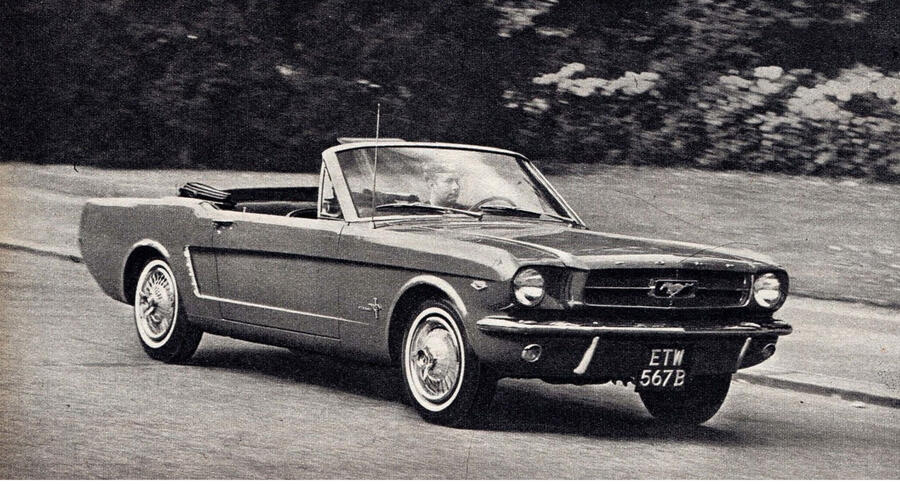
Six months later, we first met a car that would become a legend.
Three motors were offered in the Mustang: a 2.8-litre straight six, a 4.2-litre V8 and a 4.7-litre V8. Our convertible had the third in tuned-up form, giving it 271bhp (over 210).
Key options fitted included the four-speed manual gearbox (over the usual three-speed automatic) and the heavy-duty suspension.
We found that the gearing was far too low for our still-unlimited motorways, the V8 yelling and burning 12mpg over 90mph, but we were impressed at its flexibility and ability to draw two straight black lines for a full quarter mile.
The suspension upgrade meant the handling was a pleasure for an American car, it staying steady as we powerslid through fast corners, although wet weather required a feather touch, “as the back wheels seem to lose all sense of adhesion”.
Our other criticisms were of the standard drum brakes, “almost worthless for hard work”, and the convertible body’s shaky rigidity.
Unbelievably, Yanks could buy a Mustang for a mere £875 (£12,515 in today’s money), but for Brits it was “an expensive animal to have in the stable”, at £1925 (£27,530). Even so, we reasoned, “for those who want a car of outstanding performance, the Mustang is one which is certainly different.”
Skoda's factory opening for 1000MB production
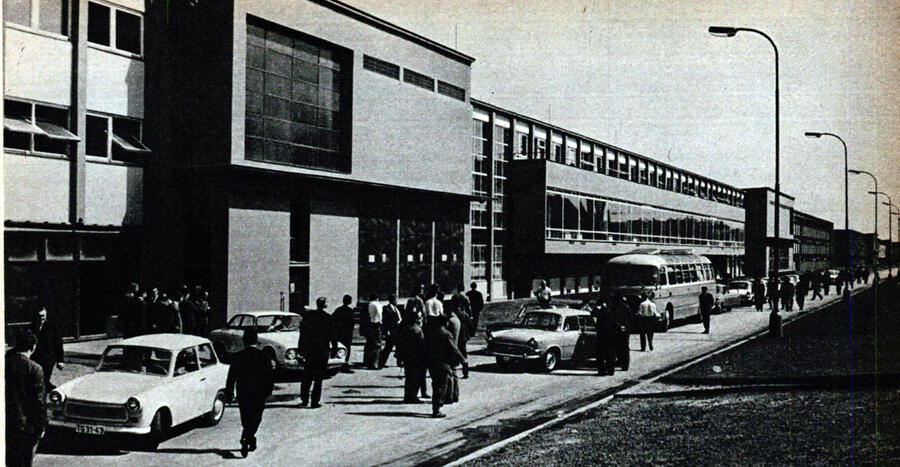



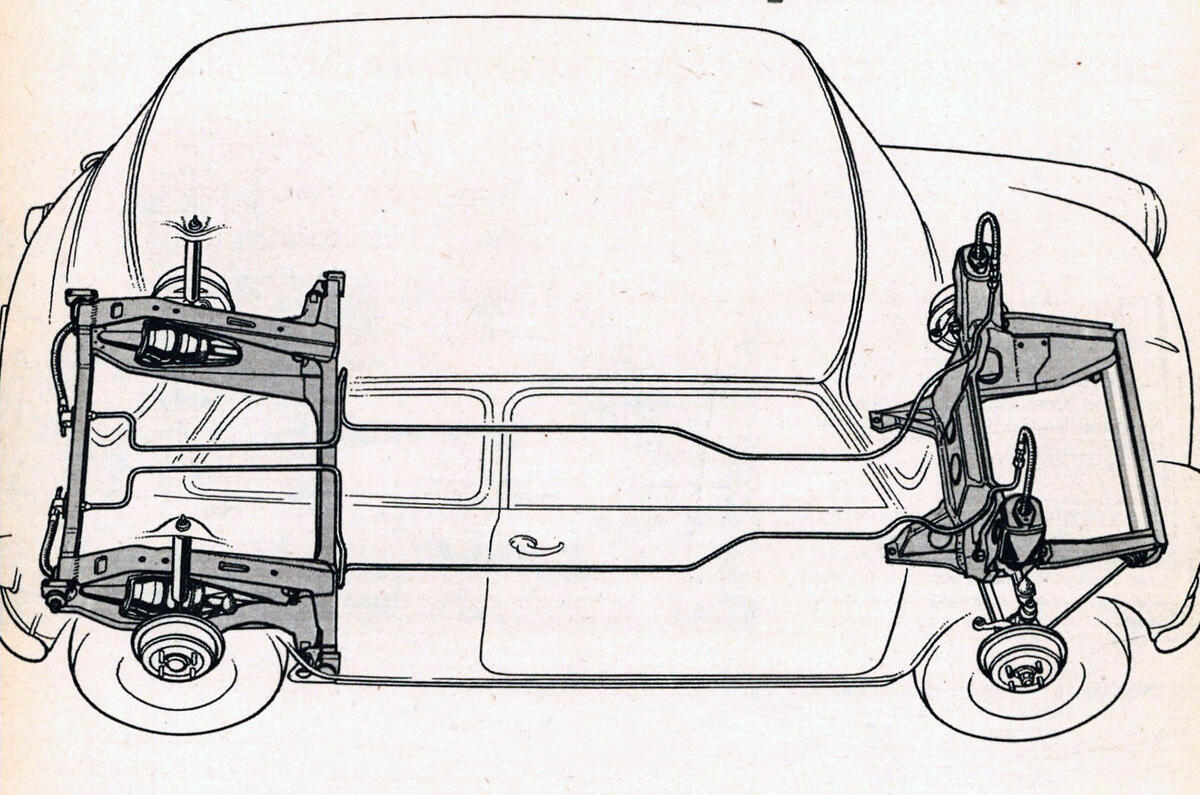
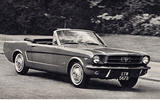
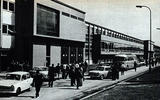
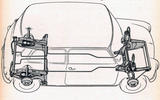

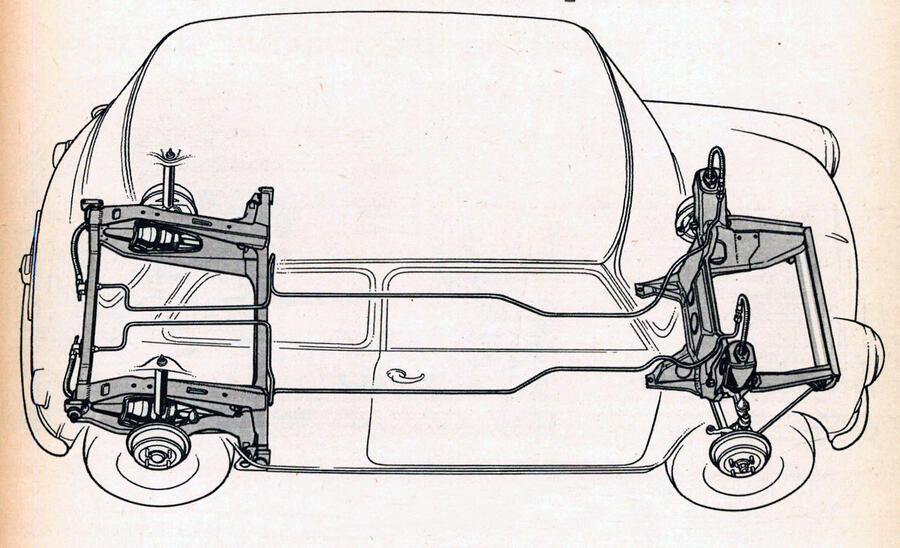

Add your comment